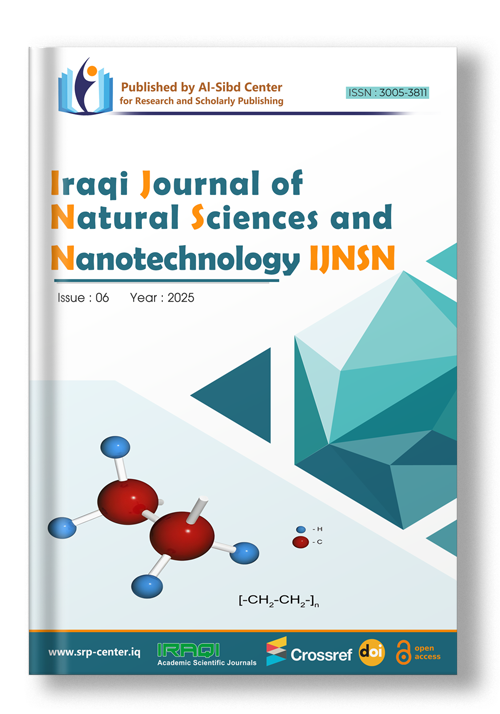Antibiotic Resistance and Biofilm Formation of Bacterial Profile Isolated from Postoperative Drainage Fluid of Patients Admitted in Hilla Hospitals in Iraq
Abstract
Surgical drains are catheters placed near the surgical wound to remove blood, pus, or other fluid and prevent it from accumulating in the body. These surgical drains are considered the major determinant for development of biofilm forming bacteria. Biofilm is an assemblage of the microbial cells that is irreversibly associated with a surface and usually enclosed in a matrix of polysaccharide material. The aim of this study is to investigate and identify biofilm formation bacteria with antibiotic resistance profile isolated from drainage tube after surgical operative. One hundred piece of drainage tube were collected from November 2022 to March 2023, catheterized inpatients of varying ages and sexes were enrolled in the study. Microbiology diagnosis and antibiotic sensitivity test were carried by routinely laboratory tests and VITEK system. The biofilm formation, detection by Congo red agar. The results that included 100 drainage tube post operation patients of different clinical surgical operation revealed that out of 47 Bacterial growth, 32 (68.0%) biofilm forming bacteria, gram negative bacteria were the most 29 (Escherichia Coli 11, Pseudomonas Aeruginosa 8, Serratia Marcescens 6, Entrobacter cloacae complex 3, Citrobacter freundil 1). While the gram positive were 18 (Enterococcus faecalis 6, Staphyiococcus hominis ssp 5, Staphyiococcus haemolyticus 3, Staphyiococcus epidermidis 3, kocuria rosea 1). The bacterial isolates that generated biofilm on Congo red media were identified by the black coloration caused by the dye's capacity to stain the polysaccharide matrix that was formed throughout the biofilm formation process. A biofilm gram positive and gram negative bacteria (61.1%), (72.4%) respectively, showed that some types of bacteria were very good at making biofilms, while others were not very good at it, and the differences were very big (p<0.05). The current study concludes that in spite of the sterility of drainage tubes in postoperative patients, but they may be considered a source of multi-drug resistance bacterial infection in patients.
Copyright (c) 2025 Iraqi Journal of Natural Sciences and Nanotechnology

This work is licensed under a Creative Commons Attribution-NonCommercial-NoDerivatives 4.0 International License.




